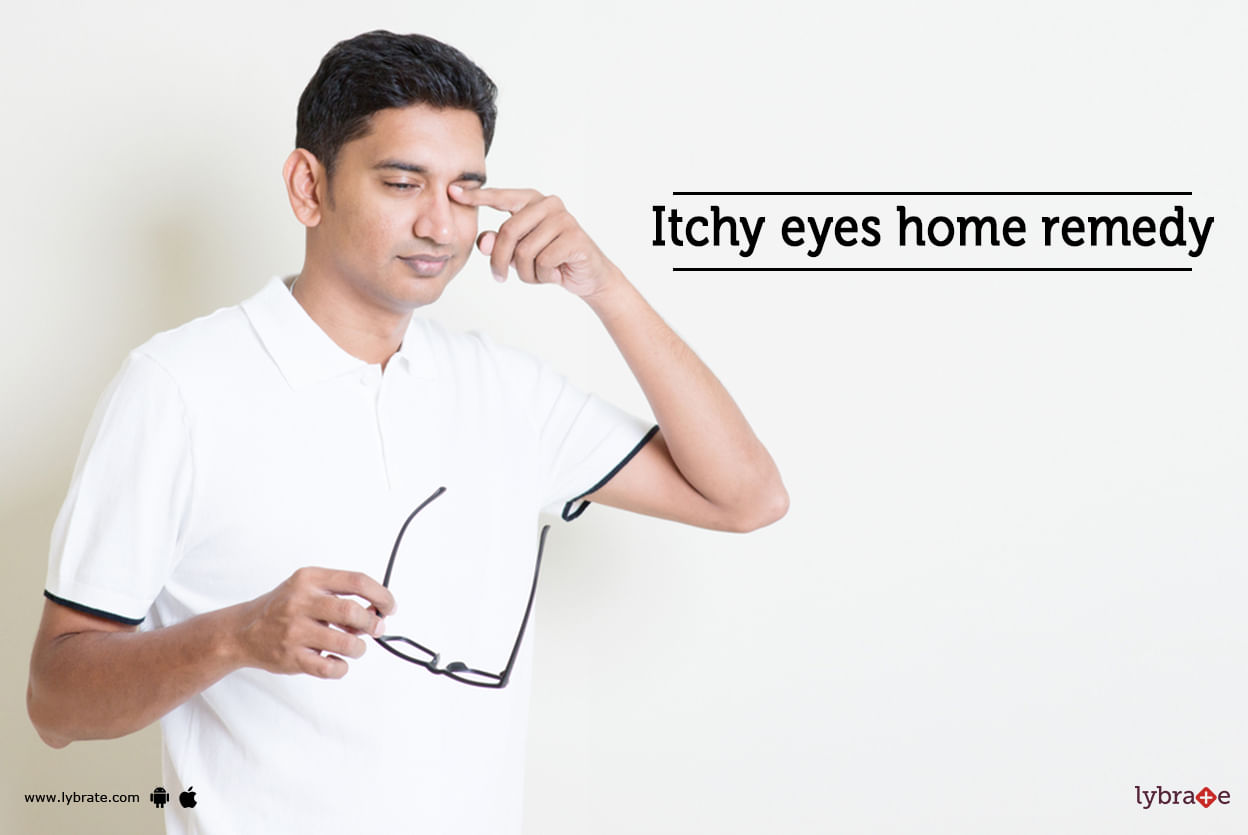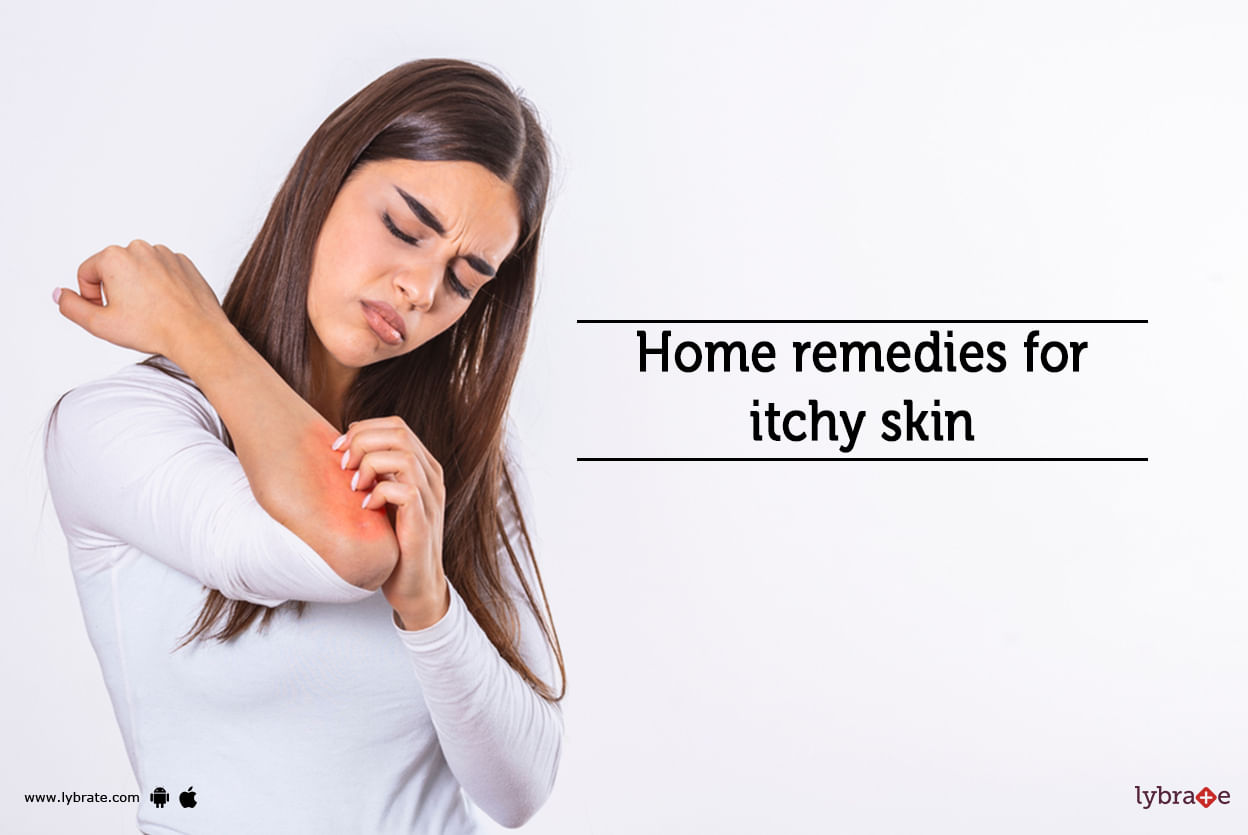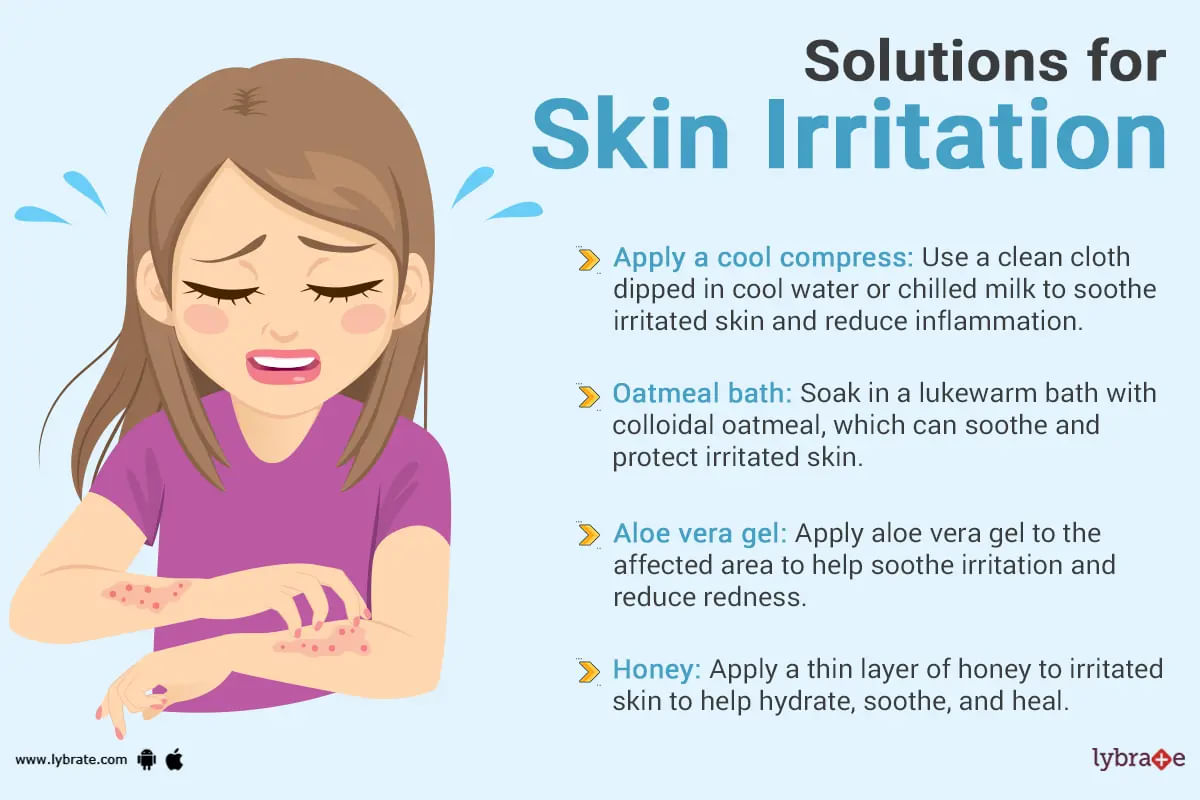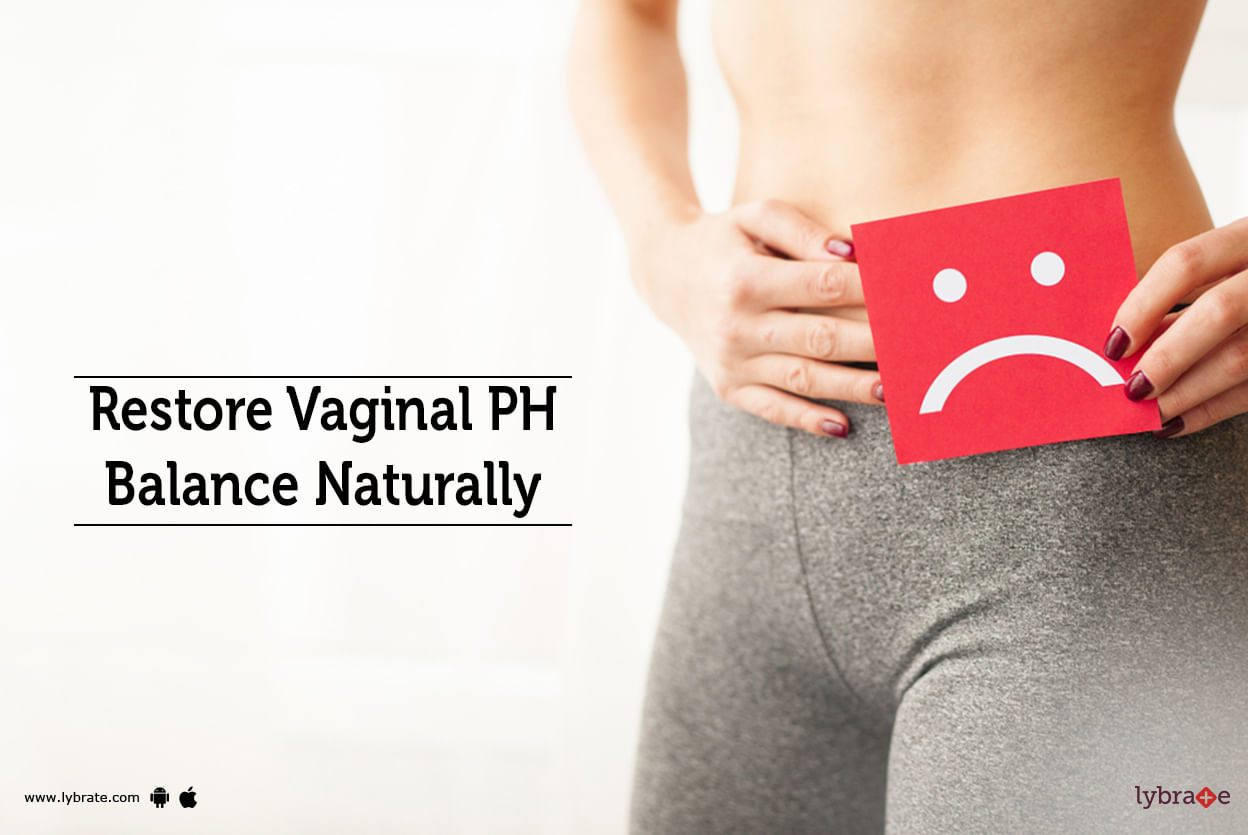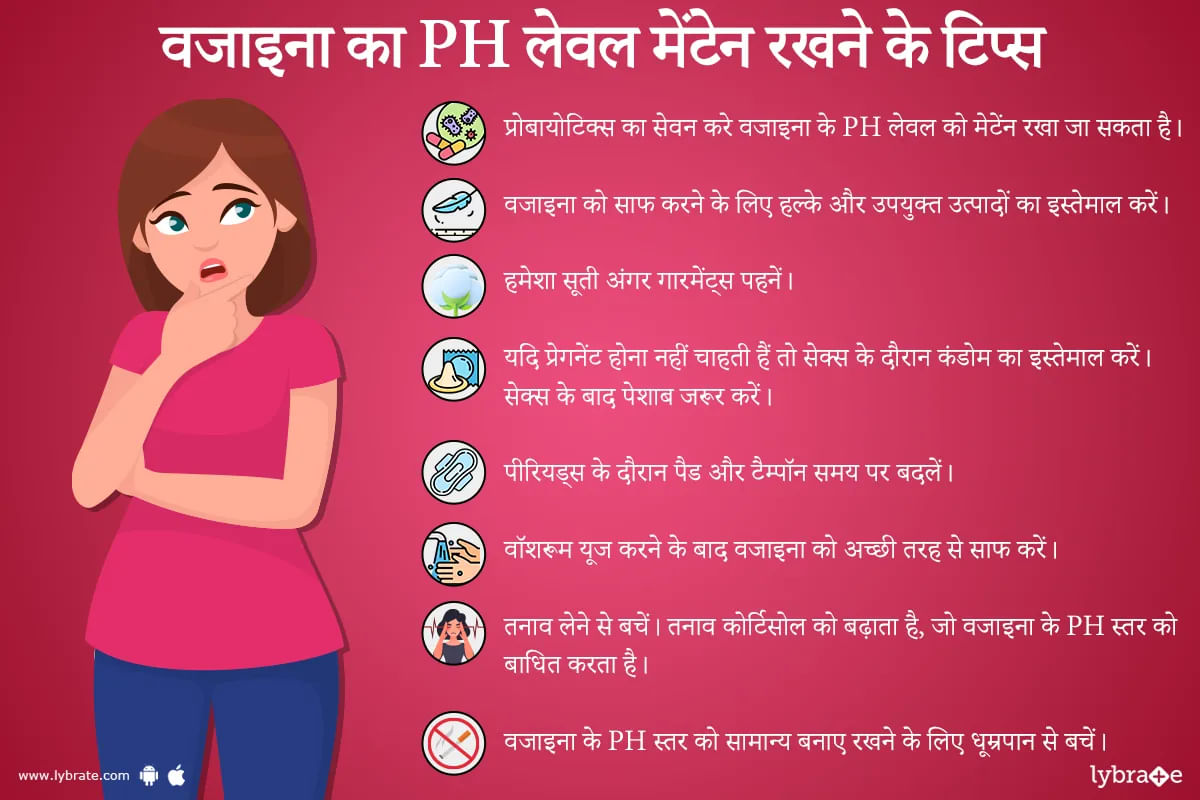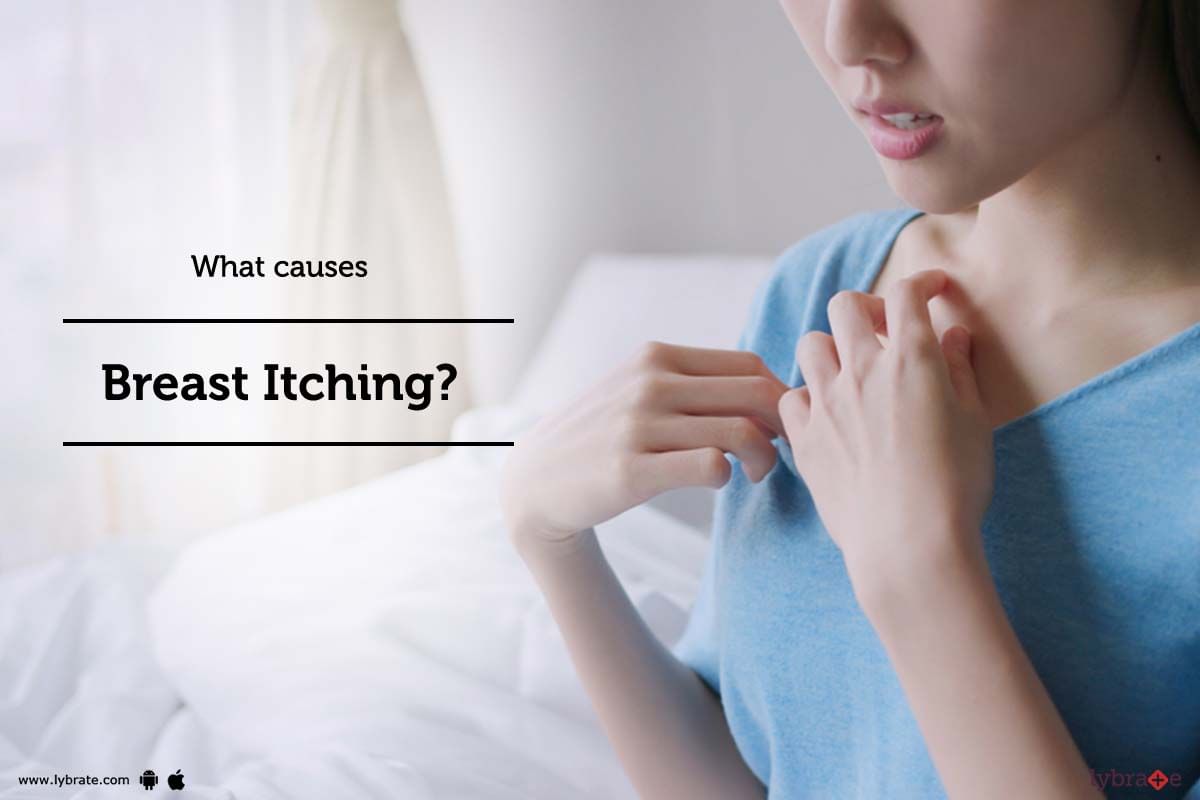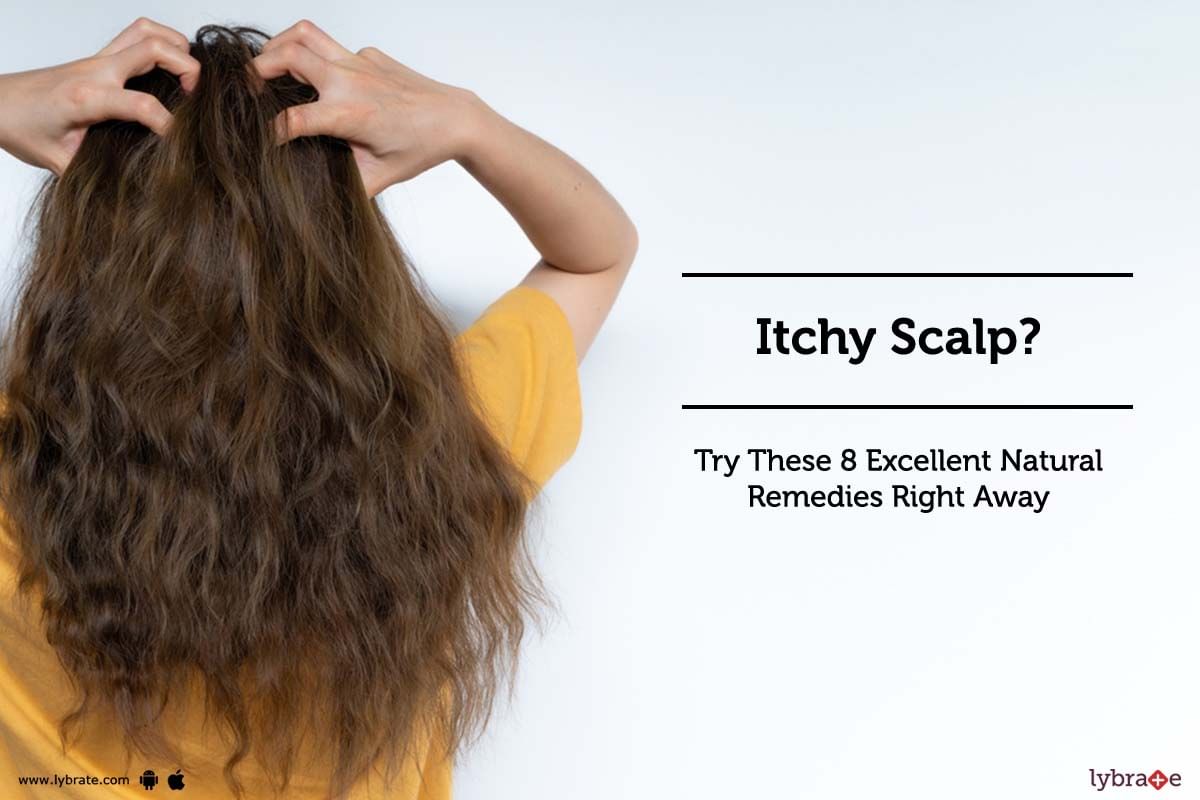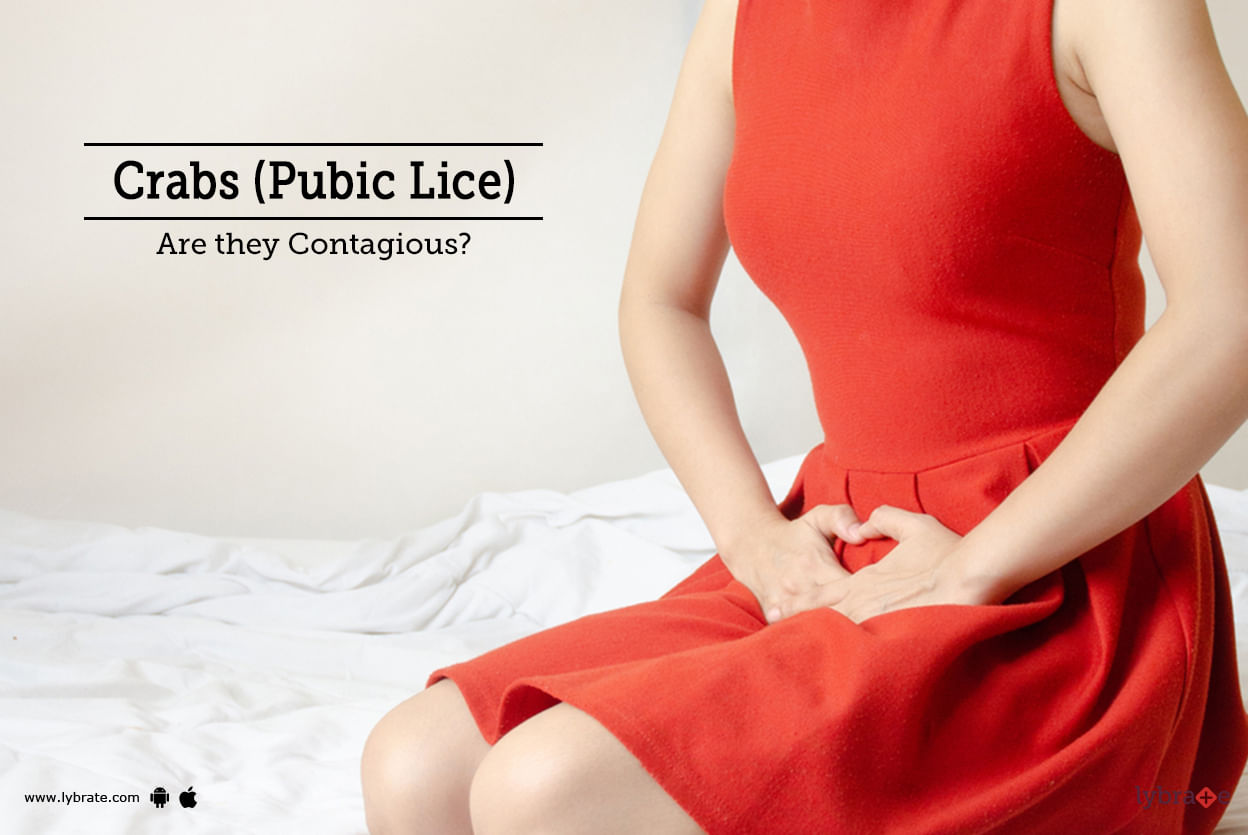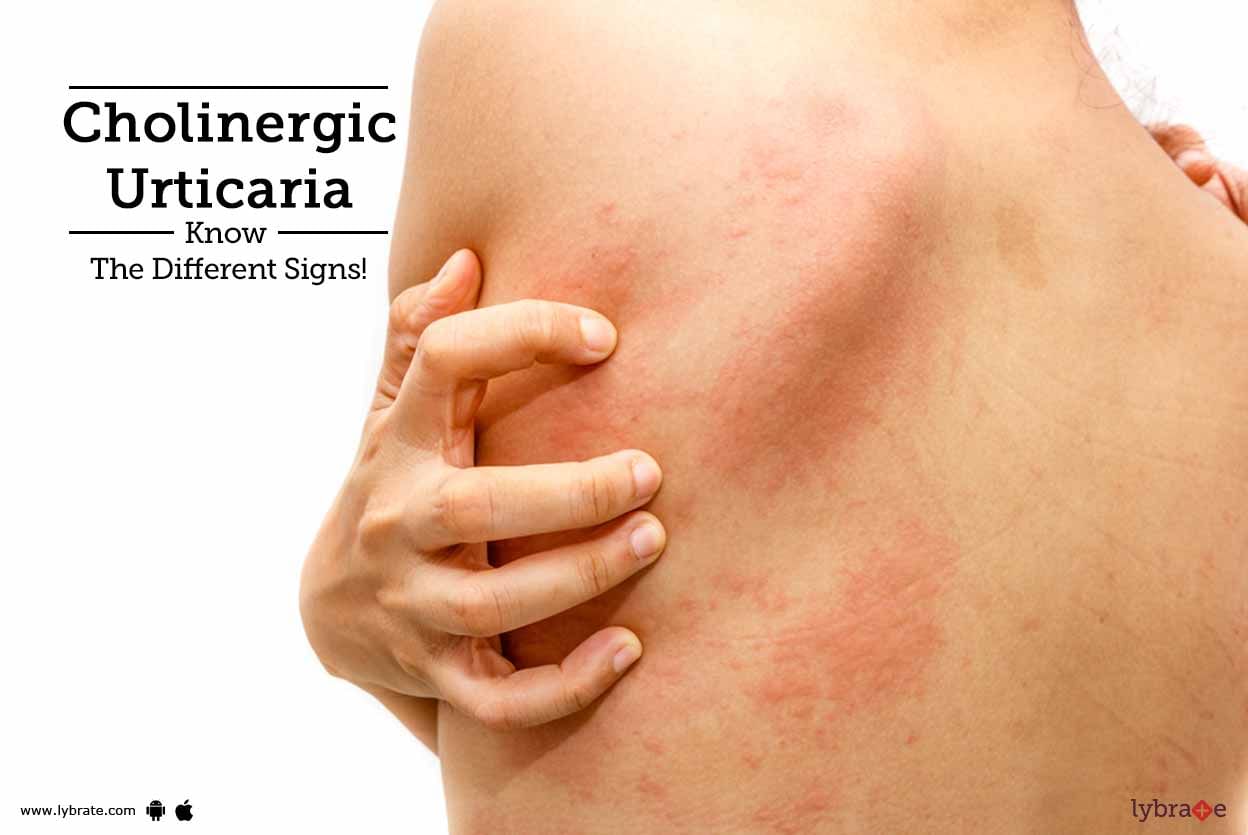Get the App
For Doctors
Login/Sign-up
About
Health Feed
Find Doctors
Health Packages
AllQ&AsTipsQuizzes
Itching Tips
Last Updated: 3 years ago• Featured Tip
Share
Bookmark
Report
When you start to have a feeling or sensation of picking or scratching at your eyes then you should know that you might be suffering from an itchy eye problem but you should not be worried about this as this condition is a very common problem and the scientific name for this problem is given as ocular pruritus. This common issue of itchy eye problems is generally caused by any kind of dry eye syndrome or because of any kind of allergy. This problem can also occur to your eyel...more
361 people found this helpful
Last Updated: 3 years ago• Featured Tip
Share
Bookmark
Report
Itchy skin is a condition that arises when there are rashes in the skin, redness in the skin and dermatitis. Itching in the body is caused when a chemical known as histamine is released in the body. It is a type of the sensation in the body that leads to the relflex to scratch. The itching in the skin is caused due to the allergies, certain infections, environmental factors, derangements. Itching can also cause the pain in the skin. You should visit sn dermatologist when you suffer fro...more
Last Updated: 3 years ago• Featured Tip
Share
Bookmark
Report
Skin irritation is a common problem faced by many in day to day life in the form of rashes, skin infections, itching etc. There are many irritants present in the environment which may cause these problems. Some of these irritants are pollen grains, waste products of animals, moulds etc. It is most commonly observed in the spring and summer season because of excessive sweating. Excessive sweating can trigger the symptoms of the allergic reactions. Some other products which may...more
Last Updated: 3 years ago• Featured Tip
Share
Bookmark
Report
To have a healthy vagina a woman needs to maintain a certain level of ph in the vagina. There are so many factors which can play a key role in the maintenance of the ph level and the factors can be either environmental or natural; these factors could lead a woman to experience various problems like burning, itching and change in the discharge from the vagina.
;
There are certain steps which you can follow to keep your vaginal ph level balanced and to do thi...more
453 people found this helpful
Last Updated: 3 years ago• Featured Tip
Share
Bookmark
Report
शरीर के स्वास्थ्य का ध्यान रखने के साथ हमारे लिए अपनी सेक्सुअल हेल्थ का भी ध्यान रखना ज़रूरी है। महिलाओं को अपनी योनि को साफ और स्वस्थ् रखने के लिए उसका पीएच बैलेंस सही स्तर पर बनाए रखना आवश्यक है। प्राकृतिक तौर पर योनि का आंतरिक वातावरण अम्लीय यानी एसिडिक होता है जिसका सामान्य पीएच स्तर 4.5 से कम होता है।
पीएच एक ऐसा पैमाना है जो किसी भी पदार्थ के एसिडिक या एल्कलाइन स्तर को नापने के लिए इस्तेमाल किया जाता है।यदि आप ऐसी उम्र में जब आपका शरीर प्रजनन कर सकता है तो आपकी योनि का पीएच 3.8 औ...more
पीएच एक ऐसा पैमाना है जो किसी भी पदार्थ के एसिडिक या एल्कलाइन स्तर को नापने के लिए इस्तेमाल किया जाता है।यदि आप ऐसी उम्र में जब आपका शरीर प्रजनन कर सकता है तो आपकी योनि का पीएच 3.8 औ...more
1870 people found this helpful
Last Updated: 3 years ago• Featured Tip
Share
Bookmark
Report
हमारे शरीर को अलग अलग हिस्सों में खुजली की शिकायत होना कोई असामान्य बात नहीं।इसी प्रकार महिलाओं के स्तनों में कई बार खुजली की समस्या उत्पन्न हो जाती है। हालांकि स्तनों में खुजली कोई बड़ी बात नहीं । यह आपकी त्वचा में किसी छोटी मोटी दिक्कत से हो सकती है।पर अगर यह खुजली बहुत अधिक है तो ये समस्या स्वास्थ्य संबंधी भी हो सकती है।महिलाओं के स्तनों की अंदरूनी बनावट काफी जटिल होती है।स्तनों में खुजली का कारण इससे जुड़ा हुआ भी हो सकता है। कुछ मामलौं में स्तन पर दाने उभर आते हैं और खुजल...more
Last Updated: 3 years ago• Featured Tip
Share
Bookmark
Report
Dermatologist•Patna
Itching is also known as pruritus. It is a condition which causes irritating sensation and is usually uncontrollable that makes us scratch it to have some relief from it.
;
Itchy breast is quite common and usually occurs due to increase in the size of the breast which directly relates to weight gain. It can also be due to some allergies, skin infection or dry skin. Most commonly this itching will resolve on its own or by some home remedies and doesn't require any prescription...more
;
Itchy breast is quite common and usually occurs due to increase in the size of the breast which directly relates to weight gain. It can also be due to some allergies, skin infection or dry skin. Most commonly this itching will resolve on its own or by some home remedies and doesn't require any prescription...more
1344 people found this helpful
Last Updated: 3 years ago• Featured Tip
Share
Bookmark
Report
Dermatologist•Mumbai
An itchy scalp can be very annoying. Some people may confuse dandruff with itchy scalp, but they are not the same. An itchy scalp can also be a sign or symptom of a condition commonly known as seborrheic dermatitis. It is a common condition that may affect people of all age groups. This article will look at some excellent natural remedies for itchy scalps. So, keep reading until the last bit if you think this information could be useful for you by any means.
An itchy scalp is one of tho...more
An itchy scalp is one of tho...more
415 people found this helpful
Last Updated: 5 years ago• Featured Tip
Share
Bookmark
Report
Pubic lice, also known as crabs , is a condition which occurs when certain parasitic insects are present in the genitals. These insects cause red spots to form on the vagina which result in itching. Crabs are also known to affect other parts of the body such as eyebrows, eyelashes and beards. This disease is extremely contagious in nature; it can be passed on from one person to another via sexual intercourse, hugging and kissing. In some cases, this condition can also be passed on from the pare...more
Last Updated: 6 years ago• Featured Tip
Share
Bookmark
Report
Cholinergic Urticaria is a skin problem that a dermatologist can diagnose and treat. The most common cause of this condition includes sweating. It may be of four types including poral occlusion, generalised hypohidrosis, sweat allergy and idiopathic. Mostly, the common triggers include heat and consequent sweat which can cause a variety of symptoms in the internal organs. Let us find out more about the signs, symptoms and treatment of this ailment.
Signs: There are many signs of the ons...more
Signs: There are many signs of the ons...more
Book appointment with top doctors for Itching treatment
View fees, clinic timings and reviews
Ask a free question
Get FREE multiple opinions from Doctors
posted anonymously


